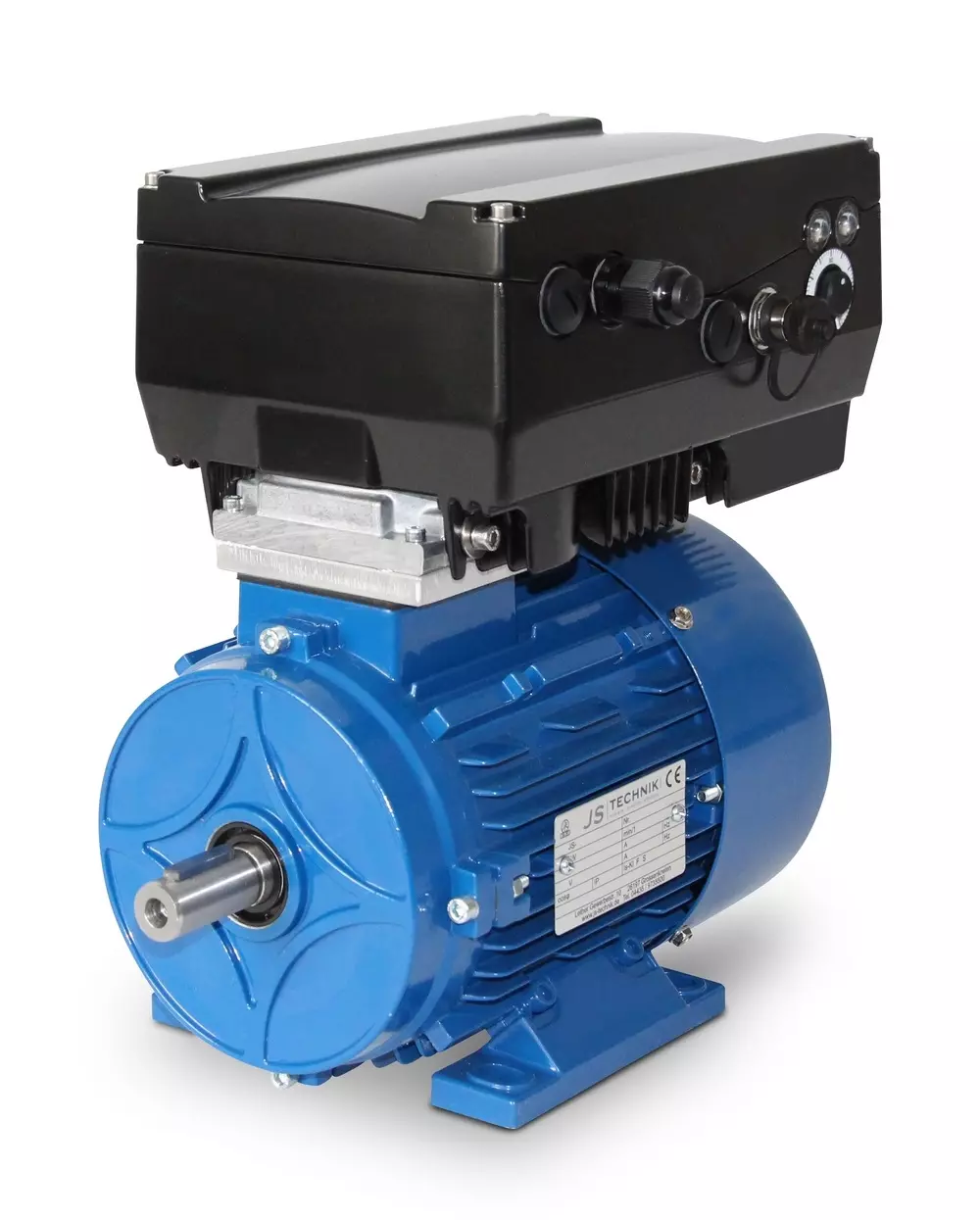Efficiency and effectiveness
Technologically obsolete electric motors lead to increased energy consumption. In 1998, a voluntary agreement was reached between the European sector committee for electric drives CEMEP and the European Commission. This agreement, which is now obsolete, defined three efficiency classes:
- EFF3=motors with low efficiency
- EFF2=motors with improved efficiency
- EFF1=motors with increased efficiency
Efficiency classes of electric motors
In 2009, a new globally applicable standardisation for efficiency classes (EN 60034-30:2009) was introduced. The following efficiency classes for low-voltage three-phase asynchronous motors in the power range from 0.75 kW to 375 kW apply today:
- IE1=Standard efficiency (comparable to EFF2)
- IE2=High efficiency (comparable to EFF1)
- IE3=Premium efficiency
- IE4=Super Premium (> 97 % realised)
- IE5=Ultra Premium
Since 16 June 2011, unregulated motors (0.75-375 kW) may only be placed on the market from performance class IE2. The proportion of highly efficient motors is to be steadily increased.
Current efficiency
Since 1 July 2021, uncontrolled three-phase asynchronous motors (0.75-375 kW) may only be placed on the market from power class IE3.
From 1 July 2023, uncontrolled three-phase asynchronous motors (75 kW-200 kW) may only be placed on the market from power class IE4.
SEO=efficiency and effectiveness. Three-phase motors with high efficiency

